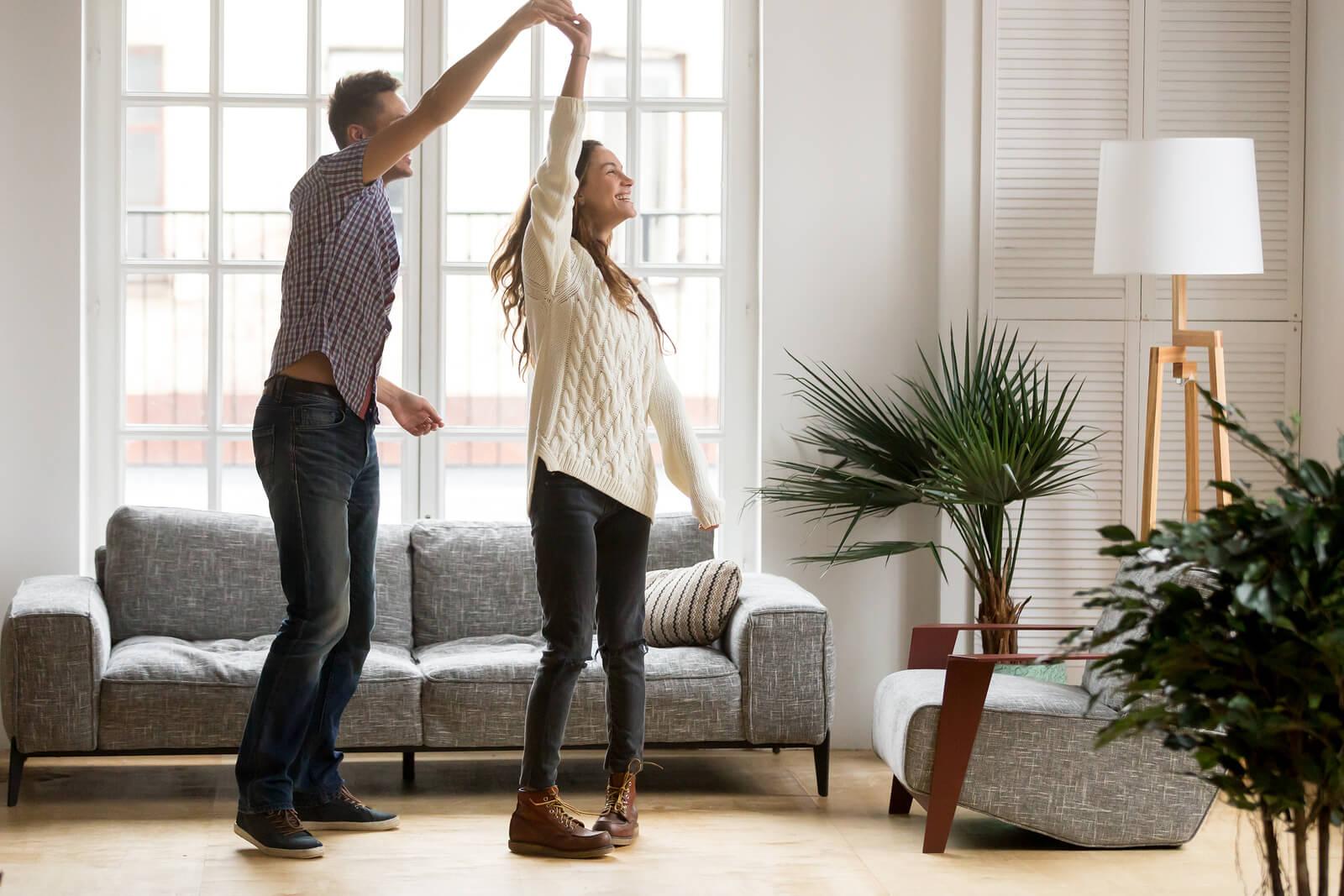Tiny houses, minimalistic living, less is more—everywhere you turn, you’re confronted with the concept that small spaces are better than large ones.
They’re better for the environment. They’re better for your stress level and health. And they’re better for your budget.
While all these reasons are justifiable, the reality is that your home should also be comfortable. The best way to do that is by giving the illusion that the small space you live in is bigger than it really is. If you live in an older home and curious ‘How to make an old home more energy efficient’
Here are some smart tricks to you can use to make a small space feel bigger without lifting a hammer or moving any walls:
Colours and Patterns
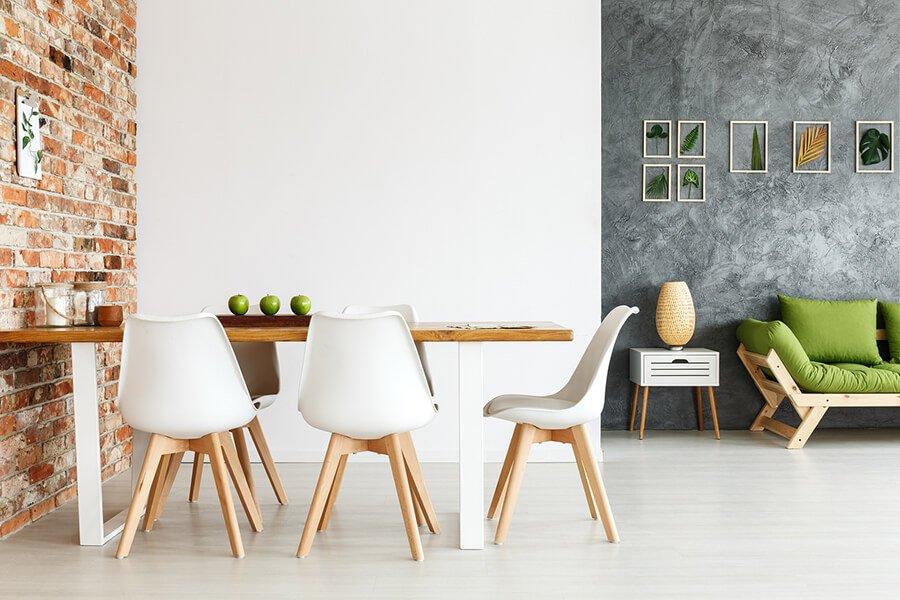
- Choose white or a light-coloured ceiling paint to draw your eye up. It will make the room feel bigger.
- Dark colours are a great statement if you’re trying to warm up the area and make it feel cozy. This works well because dark hues absorb light. To create a light, airy space, opt for reflective lighter shades for walls and flooring. Soft tones of blues and greens will create the optimum effect. Paint the trim the same colour as the walls also helps draw the eye up and highlight the ceiling.
- Think like a zebra—add a striped area rug situated along the length of the room to fool the eye into thinking it’s longer than it actually is. Vertical stripes can work too as they will help make the room look wider.
- Use large, colourful artwork to decorate your walls. The more dramatic the collection, the more expansive the room will feel.
- Another trick to create an open feel is to use different shades of the same colour (monochromatic colour scheme) throughout an area. The textured wall finishes, decorative thick-piled rug, tone-on-tone woven upholstered furniture, patterned throw, bright pillows and accessories should all show uniformity with similar shades in each piece.
- Colour-coordinate open shelving. Store like-coloured items to help the small room looking neat and organized. Cluttered spaces tend to look smaller because there appears to be no room to store things away.
Light It Up
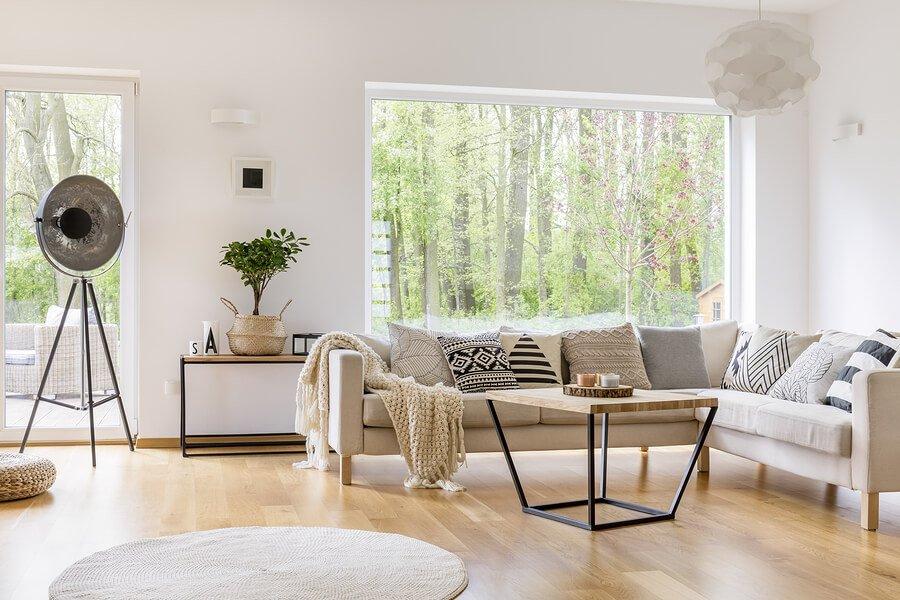
A well-lit room, whether from natural or artificial sources, will look larger. A bright, sunlit room helps eliminate shadows that make the room dark and small. Remove heavy draperies and either leave un-obscured or add sheers. Mount them close to the ceiling to help the room look taller.
While recessed lighting works well for a kitchen work area, if you’re attempting to make your tiny spaces look larger, it’s time to remove those harsh overhead lighting pools. Use several smaller, wall-mounted lamps spread out to draw the eye to around the room. This will also open up floor and table space to make the area look less cluttered. It’s a great approach for creating a family room or a reading nook for kids.
Clean your windows inside and out to bring in as much natural light as possible. Set your favourite chair across from a window. Being able to clearly see the outdoors will give the illusion of more depth.
Mirror, Mirror, on the Wall
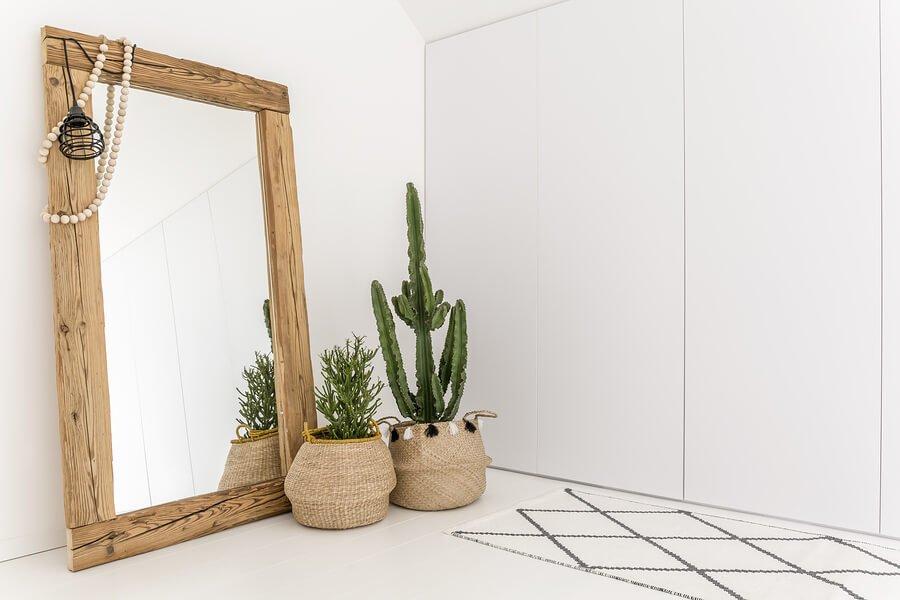
We can’t talk about creating an illusion of more space without mentioning mirrors. The reflective qualities can enhance a diminutive space in several ways:
- Add a large, wall-sized mirror.
- Hang a grouping of smaller, less expensive mirrors together. Paint the frames in the same colour or coordinating shades to create uniformity.
- Turn a long, narrow mirror on its side to fill more space.
- Install decorative glass tiles in a kitchen backsplash. They will reflect as well as mirrors and illuminate the room for a more open feel.
- Mirrored closet doors in a bedroom will reflect images and light back into the room and create more depth.
- Top a side or coffee table with a piece of glass or mirror. A table lamp will reflect back for a brighter, larger image.
Clear the Clutter
A cluttered, unorganized room will leave the space feeling claustrophobic and small. A quick way to declutter is to remove the majority of decorative accessories, artificial plants, flowers and other non-essential items littering tabletops or the floor. You’ll notice that once your space is clear from excess belongings, the room will look larger and your mood will be brighter.
Keep the Floor Visible
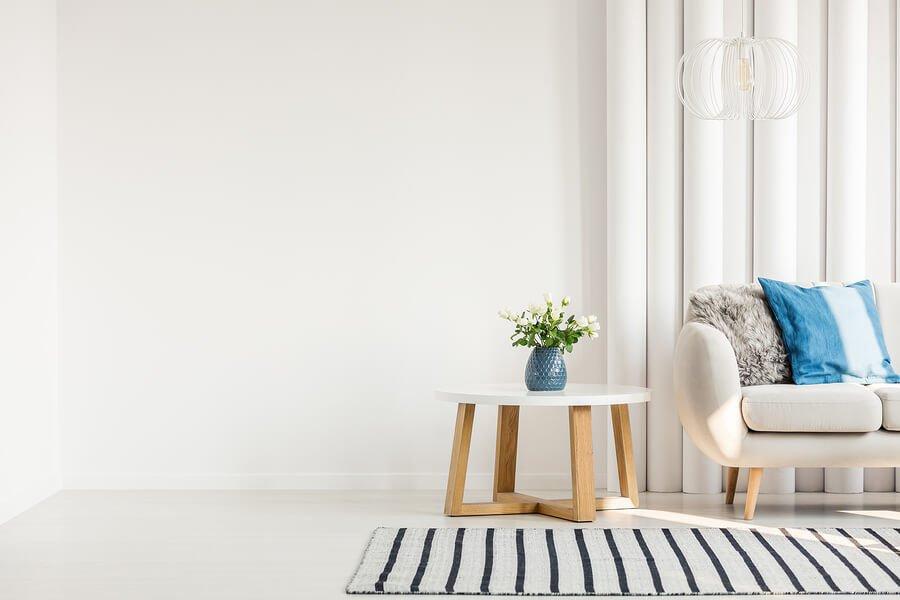
The more floor space you can see, the bigger the room appears. Choose sofas, tables and TV stands with legs. Furniture that rests directly on the floor or has a skirt along the bottom will appear too large and bulky for the small space. Once you lift the furniture, you lift the eye upward too.
Also, choose clear furniture like a glass-top table or clear acrylic desk for a dual benefit of making your small room feel more open while creating an unusual writing surface.
To stop furniture from looking cramped, pull it away from the wall to create an illusion of roominess. Move furniture away from walk areas and choose short items like an ottoman, low table, or an armless chair to open the space and make it feel larger.
Mount your flat-panel television on the wall. It will open up more floor space and be easier to see.
Another trick is to mount shelves on the wall instead of using traditional bookcases. This will give you more storage space and room underneath for other items.
The Clear Difference
Wherever possible, open up the room by using clear materials like:
- Use a clear shower curtain or clear, frameless glass shower enclosure in a small bathroom.
- Select a glass or lucite tabletop with a contrasting base of wood, stone or metal to provide a clear view beyond.
- Remove doors between rooms or replace with clear French doors to expand the room’s sightline from front to back.
Go Big
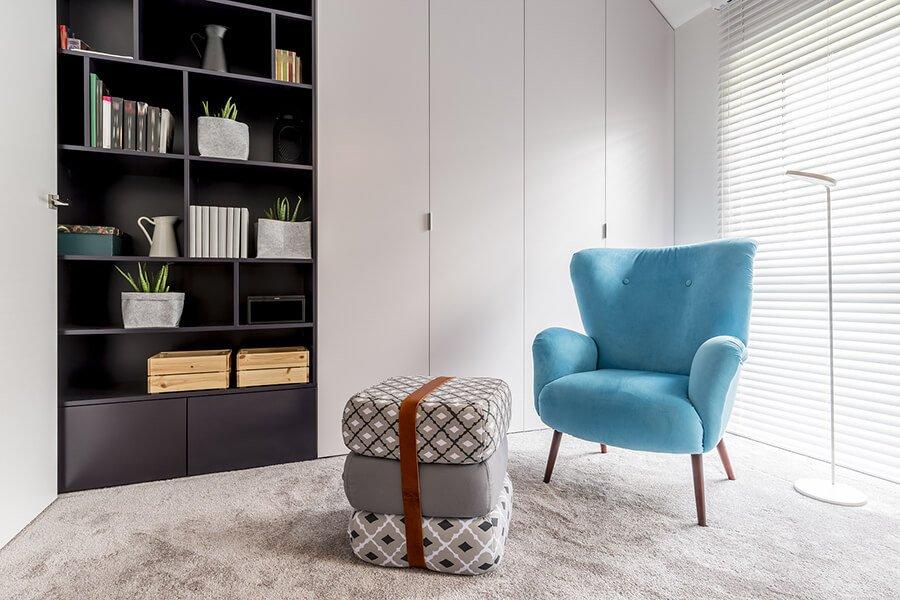
It may seem unusual, but if you incorporate larger rugs and accessories, your living space will appear larger. Extend an area rug that is positioned under the sofa, coffee table and extra seating way beyond the footprint of the furniture. It will draw your eye wider and make the area appear bigger. In contrast, a smaller rug may fit better but too small a rug will reveal that the room is too small to handle a larger rug.
Create a Focal Point

Create a design feature by highlighting one item in the room. It could be a fireplace or a large piece of artwork. Choose the furthest point away from the door to help draw the eye to it and make the small space appear larger.
You can also accomplish this by adding a colour, texture or wall decor behind furniture. Feature a wall covering, mural or artwork to enhance the space.
Conclusion
It’s definitely possible to create an illusion of more space without spending a fortune and while adding some of your own personality into your home’s interior design work. By being imaginative and open to new ideas, you just might be shocked at how much your home has grown.

